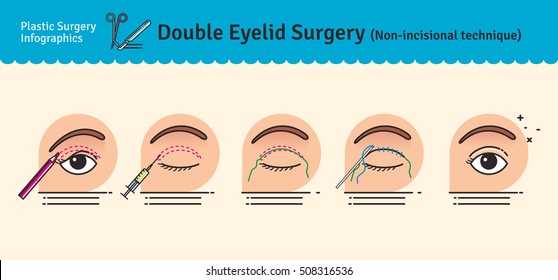Did you know that the development of glaucoma treatment techniques extends centuries, incorporating both conventional solutions and advanced technologies? From old herbal concoctions to innovative Minimally Invasive Glaucoma Surgical treatment strategies, the range of alternatives is large. As you delve into the complexities of conventional versus innovative techniques, you might reveal unusual insights that challenge traditional viewpoints on treating this prevalent eye condition.
Historic Advancement of Glaucoma Treatments
The historic advancement of glaucoma treatments goes back to ancient worlds where different remedies were made use of to handle the problem. In ancient Egypt, as an example, therapies entailed a blend of honey, fat, and sour milk applied to the eyes. The Greeks and Romans likewise added to early glaucoma therapies with a focus on topical applications and dietary treatments. Throughout background, varied cultures created distinct methods to ease the symptoms of glaucoma, often rooted in natural treatments and superstitious notions.
As time advanced, improvements in medical understanding caused more methodical strategies to treating glaucoma. In The Center Ages, Arabic scholars made significant payments by studying the anatomy of the eye and creating medical strategies to resolve eye conditions. These early innovations laid the structure for contemporary glaucoma treatments that we have actually today. Comprehending the historic context of glaucoma therapies provides beneficial insights right into the continual progression and refinement of clinical techniques over the centuries.
Comparison of Traditional Techniques
In contrasting typical approaches for dealing with glaucoma, think about the historical contexts and efficiency of various solutions.
Typical therapies for glaucoma have evolved over centuries, from old techniques like making use of honey and a glass of wine to a lot more current advancements such as eye decreases and surgical procedures. Historically, options to cataract surgery like the application of leeches or organic mixtures were made use of to relieve signs, however their efficiency was limited.
As time progressed, techniques like iridectomy, where a part of the iris is eliminated, became preferred for decreasing intraocular pressure. Some traditional methods, like utilizing oral drugs to decrease eye pressure, have stood the test of time and are still used today. Nonetheless, these therapies usually feature negative effects and might not be as effective as modern-day choices.
https://collegian.com/2021/03/category-news-city-council-elections-jessica-dyrdahl-district-4/ to evaluate the historical importance of traditional glaucoma treatments versus their efficacy in the context of current clinical improvements.
Evaluation of Ingenious Therapy Strategies
Thinking about the progressing landscape of glaucoma therapy, ingenious techniques are revolutionizing the way this eye condition is managed.
One notable innovation is minimally intrusive glaucoma surgical procedure (MIGS), which supplies a much less invasive option to conventional procedures. MIGS intends to minimize intraocular stress by improving the eye's all-natural drainage system, bring about less issues and faster recovery times contrasted to conventional surgical procedures.
Furthermore, the growth of sustained-release medication delivery systems has actually offered a much more reliable way to carry out glaucoma drug. These systems can launch medicine gradually over an extensive duration, improving person adherence and decreasing the frequency of eye drops.
Moreover, arising innovations like selective laser trabeculoplasty (SLT) offer a non-invasive alternative for reducing intraocular stress by targeting specific cells in the eye's water drainage system.
Verdict
As you reflect on the development of glaucoma treatments, you can see exactly how traditional methods have paved the way for innovative techniques to arise.
From ancient solutions to modern-day advancements, the trip of treating this complex eye condition has resembled a rollercoaster trip.
Yet with brand-new strategies like MIGS and sustained-release medication distribution, the future looks brighter than ever before for patients seeking efficient and less invasive services.
